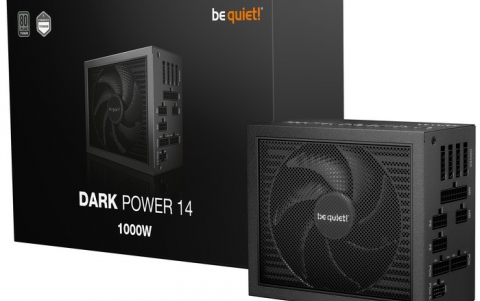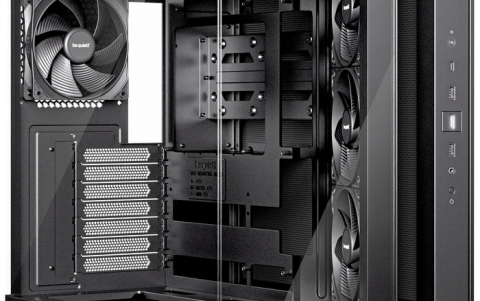Sapphire X800
15. Overclocking
No matter your graphics card, there comes a time in your computer's life when it can no longer cope with the latest technology the ever so popular games use. This is one of the main reasons for overclocking your graphics card. Gamers are always looking forward for a little extra boost in terms of framerate. Even though most of the times the boost is far from noticeable, overclocking remains the last resort when you can't afford to buy a brand new VGA card.
 |
Increasing the memory clock too much, produces the so-called "artifacts". |
The stock clocks are set to 390MHz and 350MHz as you can see in the ATiTool screenshot below.
 |
The factory frequencies for the Sapphire X800. |
Using AtiTool once again, step by step we increased the memory and core frequencies until we found the maximum stable settings for each clock.
Through trial and error, the final settings we arrived at are 440MHz and 560MHz. The core got overclocked by 50MHz while the memory clock frequency was increased by an amazing 210MHz!! The memory parts chosen by Sapphire proved to be an excellent choice for overclocking.
Let's see the performance boost we got after overclocking:





The overclocked Sapphire X800 is nothing like the stock clocked X800. In both 3DMark05 and 3DMark03, we got a boost of around 22%(!!!), almost reaching the X800XL's performance. In games however, this difference will not be noticed, as the 4 disabled pixel pipelines greatly affect performance for the settings we chose to use (4xAA and 8xAF).
In the future, we will update this page with the results for normal image quality.



















